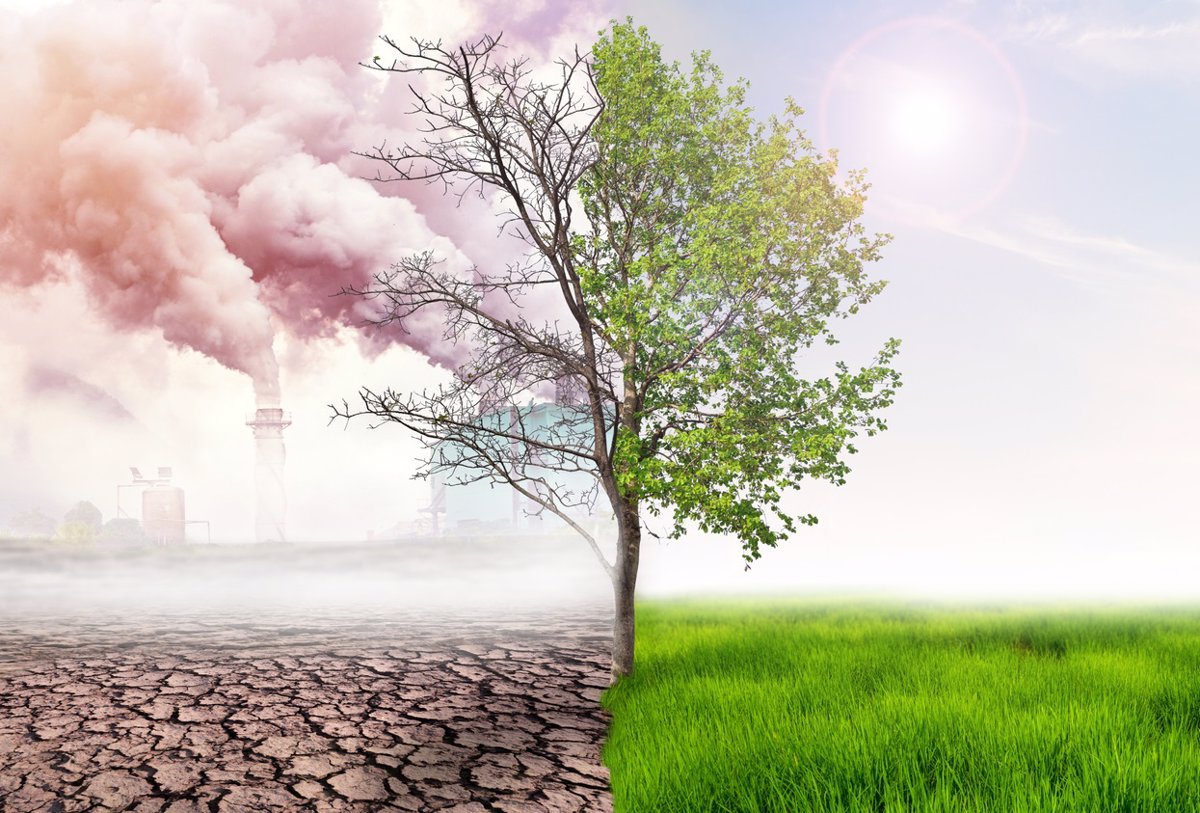The Role of Renewable Energy in Decarbonization and Climate Change

Over the years, we have heard about intense droughts, water shortages, severe fires, rising sea levels, floods, melting ice caps, catastrophic storms and a decline in biodiversity due to climate change. All these events are believed to be the result of an increase in the temperature of the planet. Over the last decade, the earth’s temperature has increased 1.1°C, due to the amount of emissions that have been released into the atmosphere.
What is climate change? The burning of fossil fuels such as coal, petroleum and gas, that emanate into the atmosphere generating greenhouse gas emissions (“GHG”), that act as a layer that surrounds the earth, raising the temperature of the planet. Decarbonization in energy generation, means moving from fossil fuels to renewable energy to help reduce GHG. Today, in Mexico, 4% of the electricity generated is coal-based and is responsible for 10% of the GHG in this sector (Ruiz, 2021).
Several international actions have been implemented to reduce GHG and decarbonization when generating electricity, and one of those was the Sustainable Development Agreement approved by the General Assembly of the United Nations called the 2030 Agenda for Sustainable Development. This agreement contemplates 17 sustainable development goals (“SDGs”), among them is “guaranteed access to affordable, reliable, sustainable and modern energy for all”, which implies the decarbonization of energy, which translates into commitments by member countries to decarbonize sources of power generation.
Another event that has generated a lot of importance is the Paris Agreement, signed by 195 countries in December 2015 (UN, Paris Agreement, 2015). The main idea of this agreement was to reduce the planet’s temperature to below 2°C, ideally less than 1.5°C. Each country who signed the agreement made a non-binding voluntary promises, and in the case of Mexico, the commitments were reflected through a reform to the General Law on Climate Change (“LGCC”). Where it was established that by 2020 it would reduce emissions by 30%, and by 2030 reduce GHG emissions by 22%, and black carbon emissions by 51%. Finally, there was a commitment that by 2050 it would achieve a 50% reduction in emissions in relation to those emitted in the year 2000. Likewise, the increase in the percentage of electricity generation from clean energy sources would reach 35% by 2024 (SEGOB, 2018).
International agreements in recent years have succeeded in making the automotive industry aware of the importance of mitigating the impact of GHGs. This can be visualized through the pressure on companies to implement sustainable and responsible practices within their value chain. By way of example, several companies are doing their part by asking their suppliers to comply with GHG mitigation guidelines. One of them is Scope No. 2 (Scope No. 2 emissions are indirect GHG emissions associated with the purchase of electricity, steam, heat, or refrigeration). Although Scope No. 2 emissions physically occur at the facility where they are generated, they are accounted for in an organization’s GHG inventory, and are considered part of the organization’s energy use. As such, they factor into the indirect emissions from electricity generation, forcing companies within its value chain to opt for renewable energy.
Undoubtedly, the agreements seen above were a watershed that prompted countries to take urgent action for the decarbonization of energy and committing to join the fight against climate change. It goes without saying that the road to decarbonizing energy is still long, but if the countries and companies gradually comply with the established commitments, more organizations will actively participate, so that their value chain can be more sustainable and affordable in supporting our needs of reaching net zero emissions by 2050.
Bibliography
Ruiz, A. (noviembre de 2021). COP26: El Pacto de Glasgow y las oportunidades climáticas de México. Obtenido de https://wrimexico.org/bloga/cop26-el-pacto-de-glasgow-y-las-oportunidades-clim%C3%A1ticas-de-m%C3%A9xico#:~:text=M%C3%A9xico%20se%20uni%C3%B3%20a%20la,tierra%20para%20el%20a%C3%B1o%202030.
SEGOB. (13 de julio de 2018). Obtenido de Ley General de Cambio Climático: https://www.diputados.gob.mx/LeyesBiblio/pdf/LGCC.pdf
- (s.f.). ¿Qué es el cambio climático? Obtenido de Naciones Unidas: https://www.un.org/es/climatechange/what-is-climate-change
- (2015). Acuerdo de París. Obtenido de https://unfccc.int/files/meetings/paris_nov_2015/application/pdf/paris_agreement_spanish_.pdf




